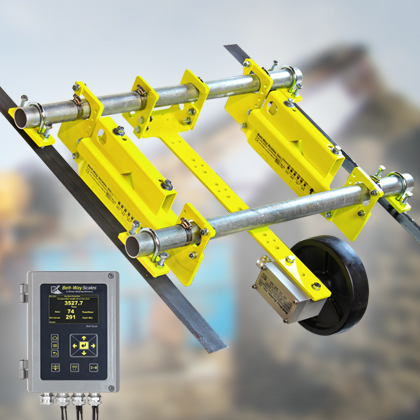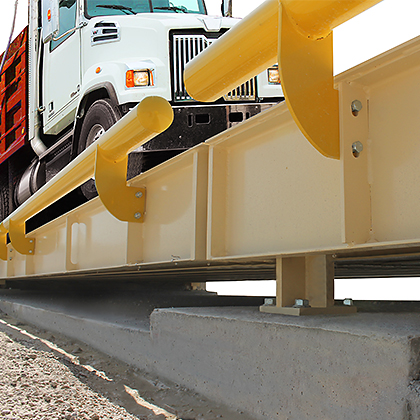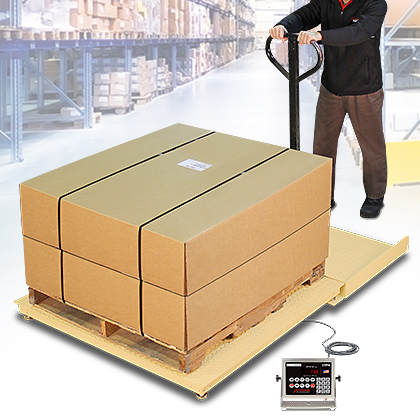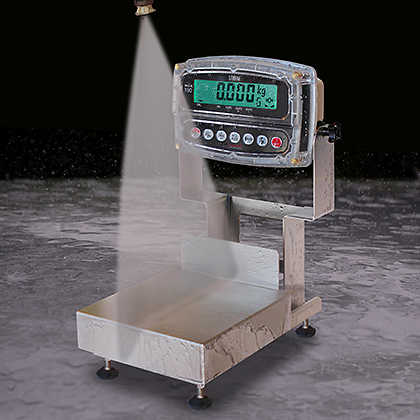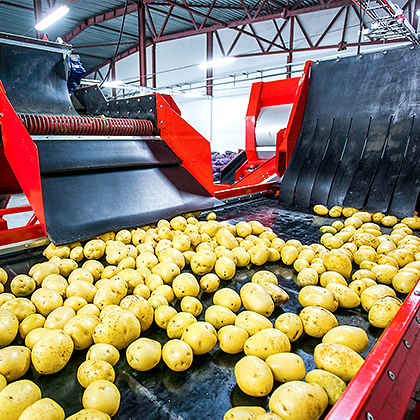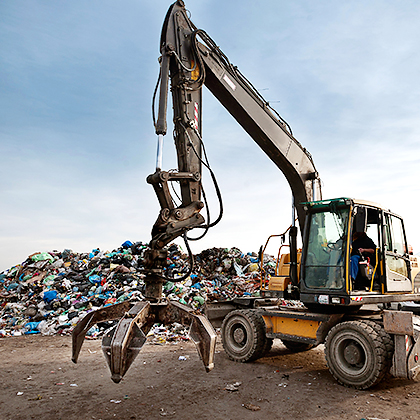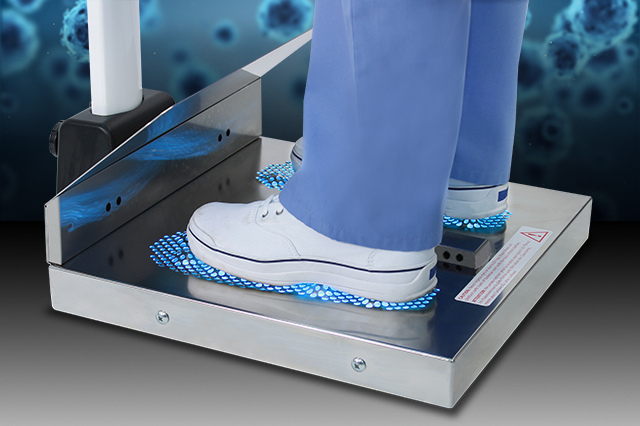University of Houston’s Groundbreaking New Clinical Study Proves the HealthySole® HSPLUS to Be Highly Effective in Killing Pathogens that Cause HAIs and Reduces the Environmental Microbial Load in Infection-Sensitive Areas
In October 2017 the Journal of Hospital Infection published the results of an in-depth, year-long clinical research study to determine whether shoe soles are a vector for pathogen colonization, transmission, and contamination of floors in sensitive areas of hospitals, and whether the HealthySole® HSPLUS decontamination system could effectively decrease the risk of pathogen colonization and transmission emanating from floors lowering the risks of HAI’s. Several of the different strains of bacteria that were used in this study —Enterococcus, E. coli, S. aureus, C. difficile— are found to be abundantly present on the soles of shoes. Most importantly, these bacteria were proven to spread via aerosolization, direct contact, and indirect contact, which are a commonly-overlooked means of pathogenic transmission that can lead to HAIs and contamination in infection sensitive environments.
The three-phase study prepared shoe soles with different strains of microorganisms at random to UVC exposure or a lack thereof. Doctors Tasnuva Rashid, Kevin Garey, and their colleagues from the University of Houston College of Pharmacy (Houston, TX), University of Texas School of Public Health (Houston, TX), and University of Edinburgh (Edinburgh, UK) were members of the research team. Three separate sets of experiments were run to investigate the efficacy of the HealthySole® HSPLUS system to determine shoe sole decontamination and the following bacterial colonization and transmission throughout a specific hospital area. The first experiment studied UVC efficacy, the second phase marked the transfer of each bacterial strain to four different types of flooring, and the third phase mimicked human traffic in a hospital patient room to measure specific bacterial contamination. All of these experiments included blinded positive and negative controls.
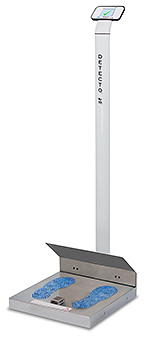
In the first experiment, the HealthySole® HSPLUS reduced shoe sole decontamination more than 99% for the bacterial strains that were tested (P<.01 for each strain). The second experiment, which measured transmission to four different common floor types, revealed the HealthySole® HSPLUS significantly decreased floor contamination more than 99% (P<.01 for each strain). In the third phase of the study the HealthySole® HSPLUS significantly lowered contamination levels in the room as compared to the control group (mean log10 reduction 2.79+- 1.25; P<0.0001). Proportions of samples from furniture, bed, and patient dummy samples decreased from 96-100% positive in controls to 5-8% positive in the Healthysole® UVC device experiments (P<0.0001 for all analyses). In all three phases of the study, the HealthySole® HSPLUS proved remarkably effective in reducing microbial load and transmission.
Transmission of pathogens on shoe soles to infection sensitive environments can greatly increase a patient’s risks of contracting HAIs for which they were not admitted. The HealthySole® HSPLUS has proven unequivocally that it can greatly reduce bacterial spread, colonization, and transmission of these often deadly pathogens. The addition of the HealthySole® HSPLUS to any infection or contamination vulnerable area will aid in providing a much cleaner and safer environment reducing the risk of HAIs for patients, healthcare professionals and sensitive manufactured products alike.
The HealthySole® HSPLUS is a clinically-proven UVC product that kills up to 99.99% of exposed microorganisms on the soles of shoes, boots, or booties. This extremely effective system allows the subject to step onto a platform where UVC light decontaminates the shoe soles of the subject. The decontamination period takes 8 seconds and is no-touch; the unit has an eye-level LED screen that provides an 8-second visible countdown. Adding the HealthySole® HSPLUS to any infection control protocol will significantly decrease the risk of infection and contamination of infectious pathogens through aerosolization, migration, direct and indirect contact.
Contact:
DETECTO
203 East Daugherty St.
Webb City, MO 64870 USA
(800) 641-2008
detecto@cardet.com

